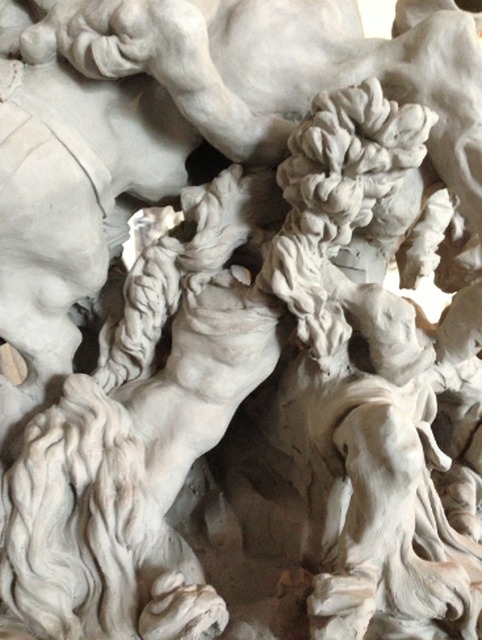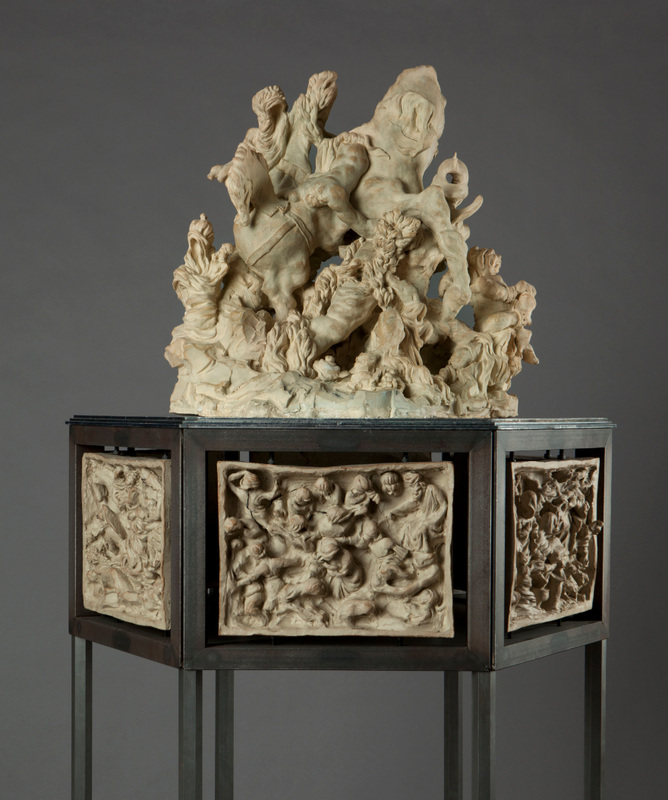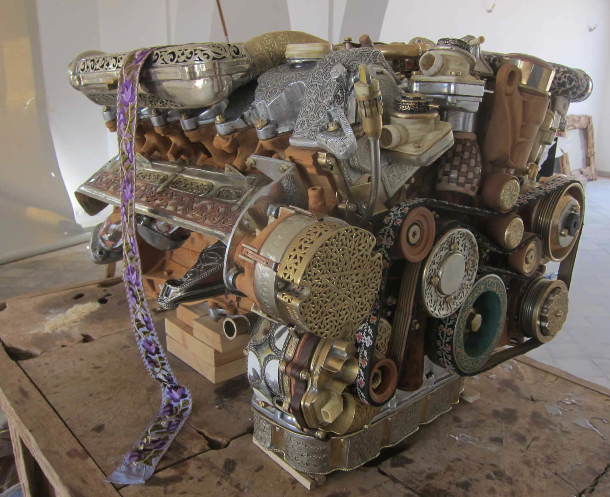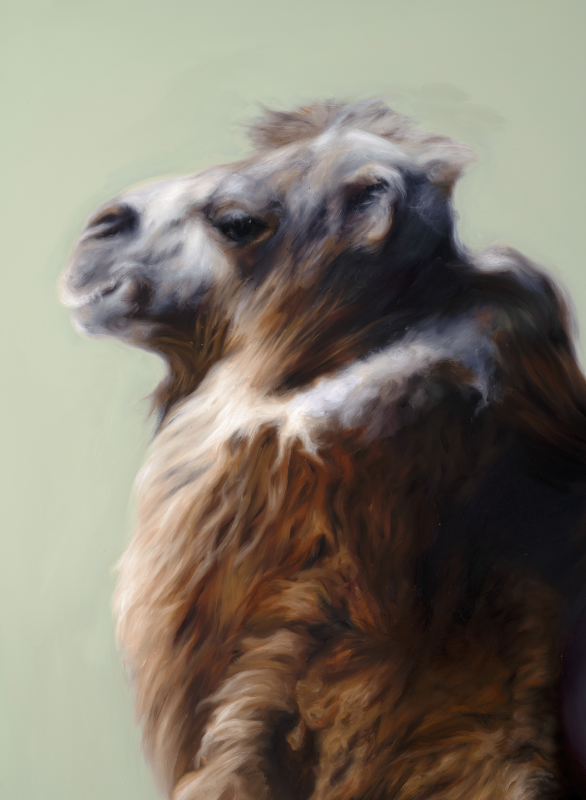
Eric Van Hove, Metragram on a Japanese woman, Kyojima, Sumida ward, Tokyo, Japan, 2009, photography – Lambda print, Edition of five – dimensions variable

Hugo Wilson, detail, sculpture, 2013

Hugo Wilson, Untitled, 2013, terracotta, steel, 72x72x182cm

Eric Van Hove, V12, various media
October 8th – November 2nd, 201338 Stern Arts Albemarle Street, 2nd fl. W1S 4JG, London www.sternarts.com
CURATED BY JEAN-PHILIPPE VERNES
The works by Hugo Wilson and Eric Van Hove are both asking if “Post Modern Art “ can still tell great stories?
The fundamental condition of storytelling throughout the ages is that which has been lived through and that which has been experienced. First hand accounts turn into second hand rumors, which through the passing of time, either enter the realm of myth or simply whither away.
Hugo Wilson’s work starts from the examination of what it is to manifest faith in an object or image. He is primarily interested in how and why groups of people choose to do this and he is interested in distilling the essence of these objects, removing their exact secular symbolism and creating a new narrative from the result, one of uncertainty and of reaching out through the history of image making.
Hugo Wilson brings his highly developed skills of traditional Old master iconography both in sculpture, painting and etching, to suggest that we have subconsciously seen his scenes and tableaux in the past, but actually, we have not. The artist’s ability to blend our vague communal memories and direct these souvenirs of art history into his work ultimately leads us, the viewer to reflect on what art actually is and what it is that may remain in the eye of the beholder.
Eric Van Hove examines similar ideas but broadcasts on a different frequency. His work of a deconstructed Mercedes Benz V12 engine, painfully reconstructed in minute detail by the best Moroccan craftsmen and artisans, shows that 21st century European technology can be replicated with the ancestral know how of hands and not a computer. Van Hove asks the question of both the transfer of knowledge and the creation of a body of sculpture that we may recognize at first for it’s literal content, but which ultimately blurs the lines and introduces suspension of disbelief.
Eric van Hove’s examination of text, through his skills as a traditionally trained calligrapher in his Metagram series, offers us a similar journey through playful intertextuality and uncertainty, yet with a completely different visual result – one that is immediate and visceral but also one that pays homage to the many layers of history that these images refer to.







